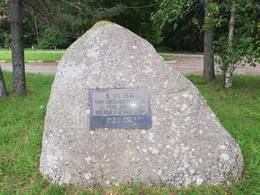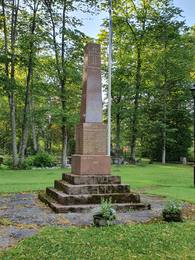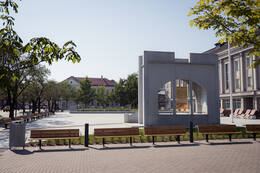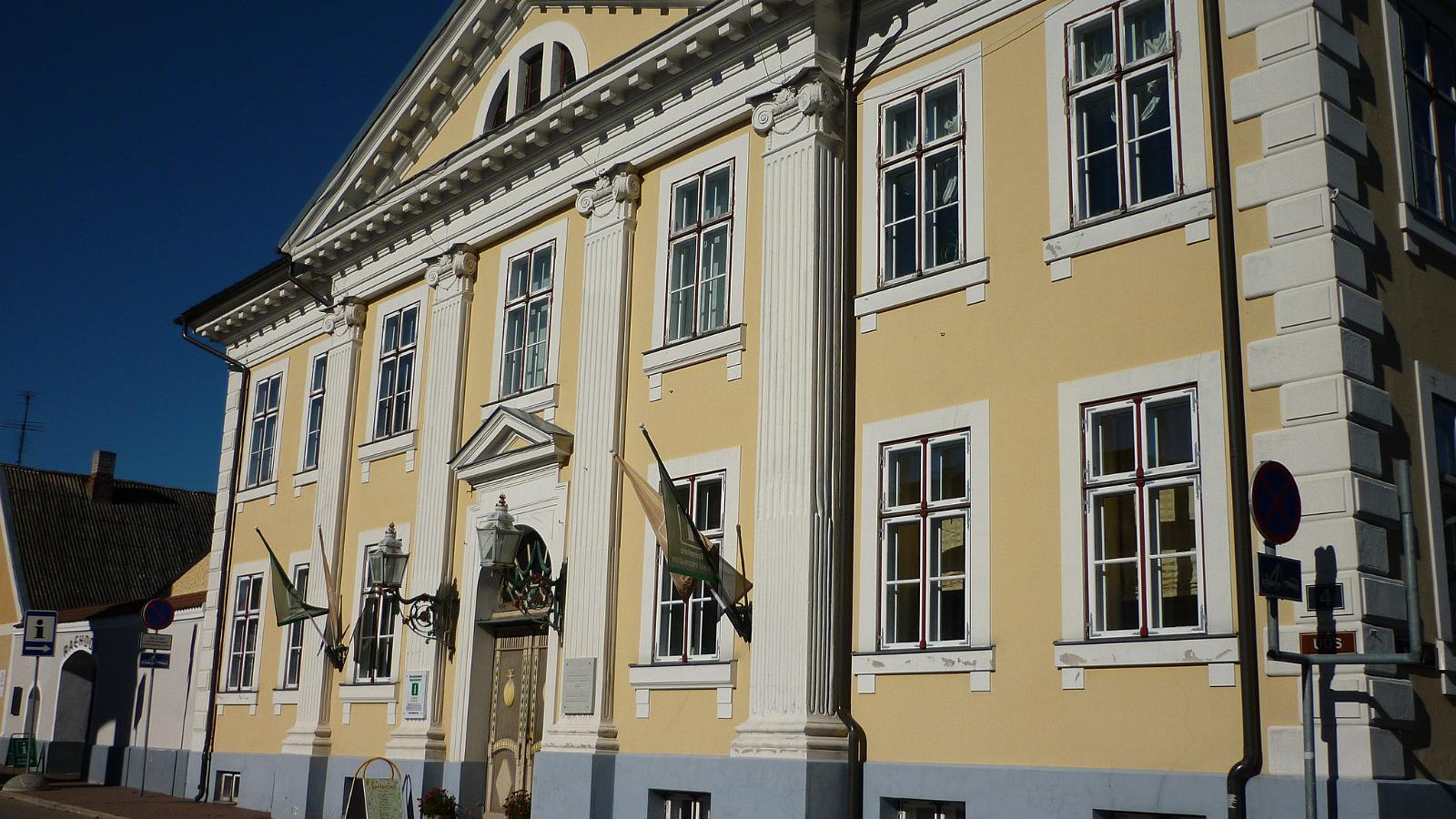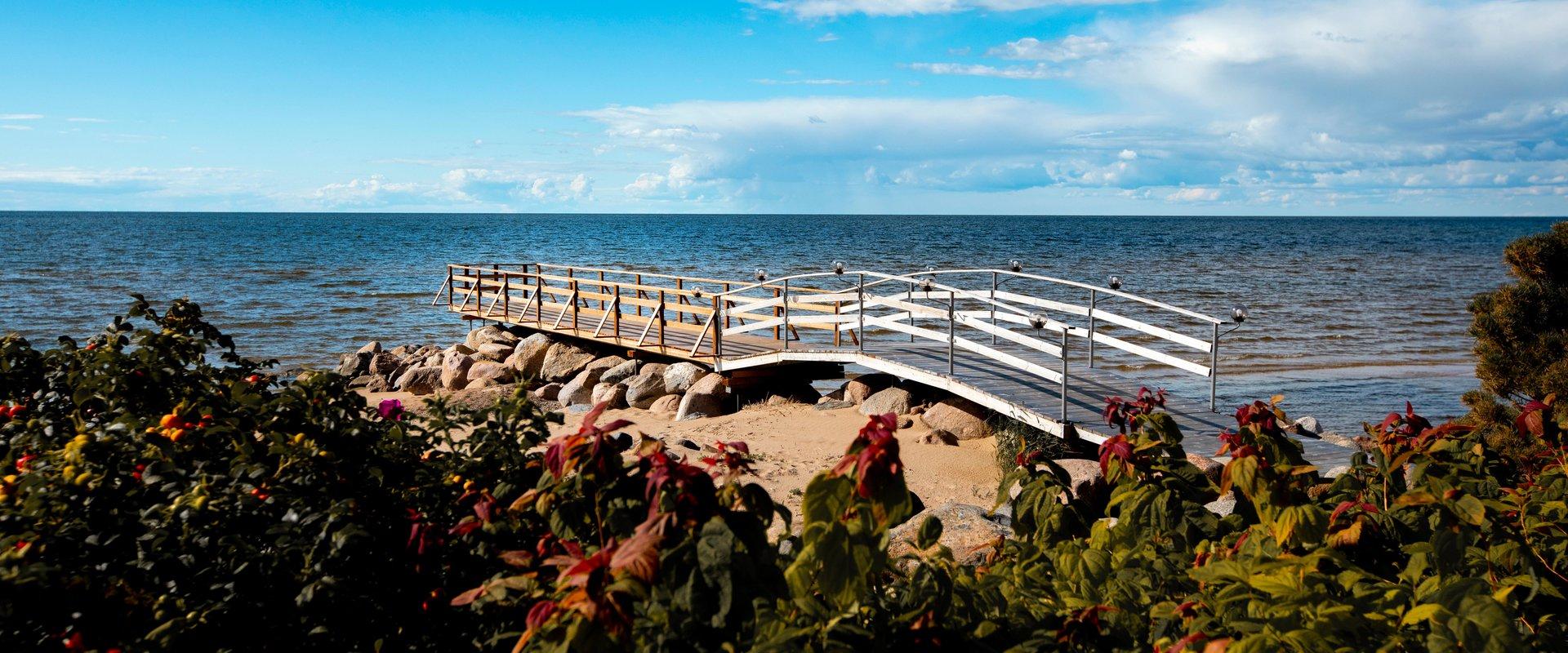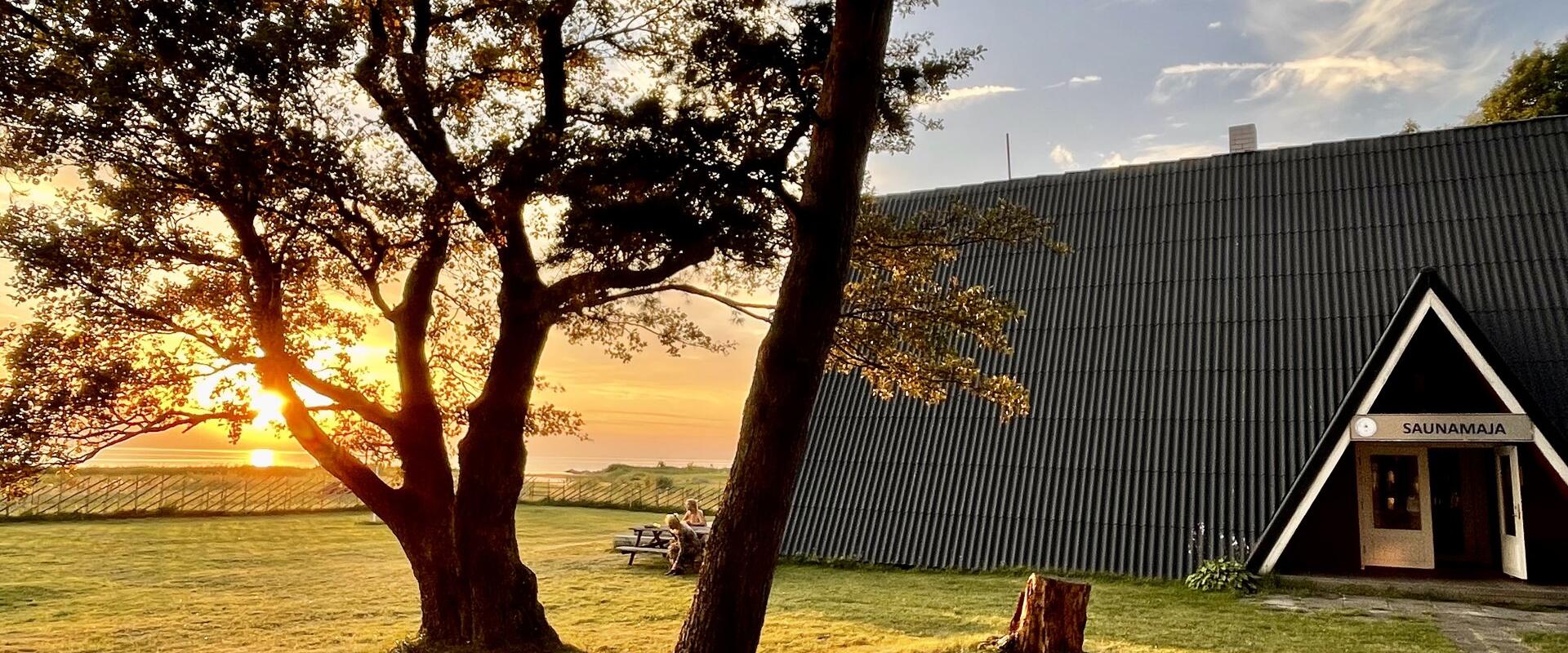Commemorating the War of Independence in Western Estonia
Day 1.
70 km
Ikla–Treimani–Kabli–Häädemeeste–Pärnu
Practical info
- Driving distance: ~70 km
- Tolkuse nature hiking trail is on the way, near the ViaBaltica road loodusegakoos.ee
- Sights and attractions on the old road to Pärnu along the coastline rannatee.ee
Sights
Timmkanal battle site
On 4 July 1941, Forest Brothers stormed the executive committee in Häädemeeste. The group was led by Elmar Toomingas, the headmaster of Metsapoole Primary School and the head of the Häädemeeste regional unit of the Defence League.
On 6 July, a Red Army destruction battalion arrived: some of them were killed, others were taken prisoner.
On 7 July, a combined force of 400 men from Red Army infantry and destruction battalions attacked the local militia, which comprised 60 men. The defenders, with the help of two light tanks, were pushed back to Timmkanal, where they reorganised and took up positions again.
On 8 July, the destruction battalion burnt down 14 farmsteads and the schoolhouse in the village of Rannametsa and the church in Võiste. A battle ensued in Tahkuranna between the advancing Germans and the destruction battalion leaving Rannametsa, which suffered the loss of 57 men, with eight captured. Some sources claim the German unit was the 402nd Cyclist Battalion led by a Major Ullersperger. The Estonian and German units arrived in Pärnu that afternoon. The battle site is marked by a granite boulder adorned with a black tablet that reads: "On 8 July 1941 the destruction battalion of Pärnu burnt down 18 households and the schoolhouse in Rannametsa". The text is followed by a quote from a poem by Hando Runnel.
Monument to the War of Independence in Pärnu-Jaagupi
In 1922, a monument dedicated to the men from Pärnu-Jaagupi parish (in what is now Põhja-Pärnumaa municipality) who fought in World War I and the War of Independence was unveiled in the cemetery in Pärnu-Jaagupi. The monument was made at Jüri Walk's marble and granite factory in Pärnu. It was unveiled on 22 September 1922 and demolished in 1945. By 1 May 1989, a total of 10,362 roubles had been raised in donations for the restoration of the monument, which was unveiled anew on 18 June 1989. The monument comprises a multi-layered obelisk on a four-stepped base. The gilded contours on the front of the obelisk depict the Cross of Liberty. Below it is the text: "Be ye faithful unto death". The bottom plinth of the obelisk is adorned with a gilded list of the dead entitled ‘To the fallen heroes of Jakobi’.
Monument to Proclaiming the Independence of the Republic of Estonia
This monument is situated on Independence Square in the centre of Pärnu.
Made from granite and designed by Kaarel Eelma, Mart Aas and Mikk Mutso, it was unveiled in 2008 near the former site of the Endla Theatre.
On 23 February 1918 the Manifesto to the Peoples of Estonia was publicly declared for the first time from the balcony of said theatre, which was badly damaged in World War II and later demolished.
The monument depicts the balcony of the historical theatre in its original size. It displays the text from the manifesto in both the original blackletter typeface and Antiqua, as well as in Braille.
The manifesto was published and the Republic of Estonia declared in the capital Tallinn on 24 February, transferring all authority to the Estonian Salvation Committee, later followed by the Provisional Government. 24 February 1918 is celebrated to this day as the anniversary of the Republic of Estonia.
Pärnu Visitor Centre
Places to eat
Lepanina hotel restaurant “Julia” in Kabli village (only summer season)
Lapped by the sea, bathed in the glow of sunsets, surrounded by pine forest and boasting unique architecture, Lepanina Hotel is sure to make your goliday, company event or special occasion a memorable one. At the centre of the complex is the main building, whose sun terrace and well-lit promenade enjoy stunning sea views. In the warmer months guests can make use of the hotel's private summer terrace and outdoor pool, too.
Also forming part of the complex are summer cabins, a caravan park and a campsite.
The hotel is open from May to September.
Kosmonautika holiday centre in Penu village near Häädemeeste
In Pärnu visitparnu.com




